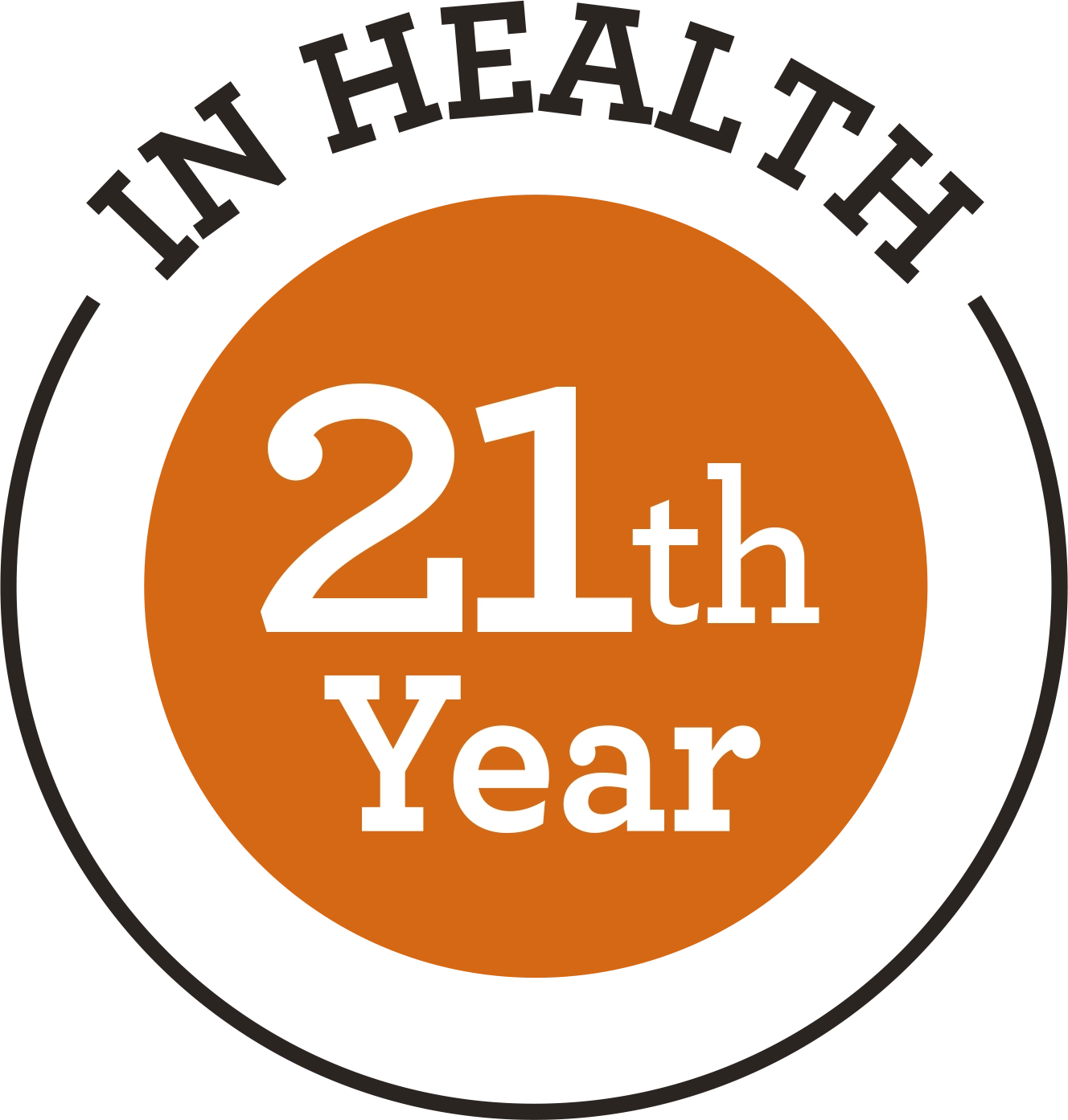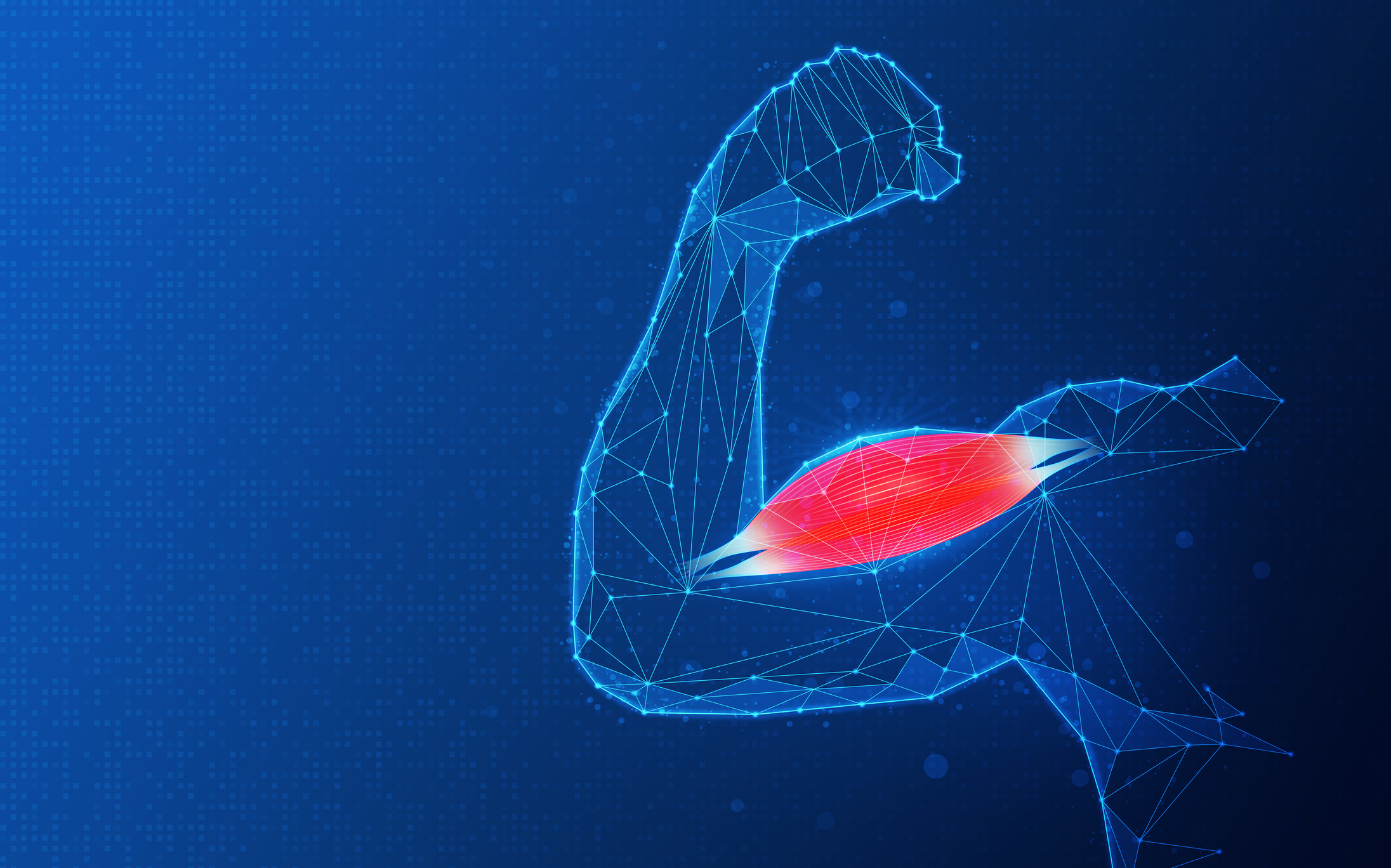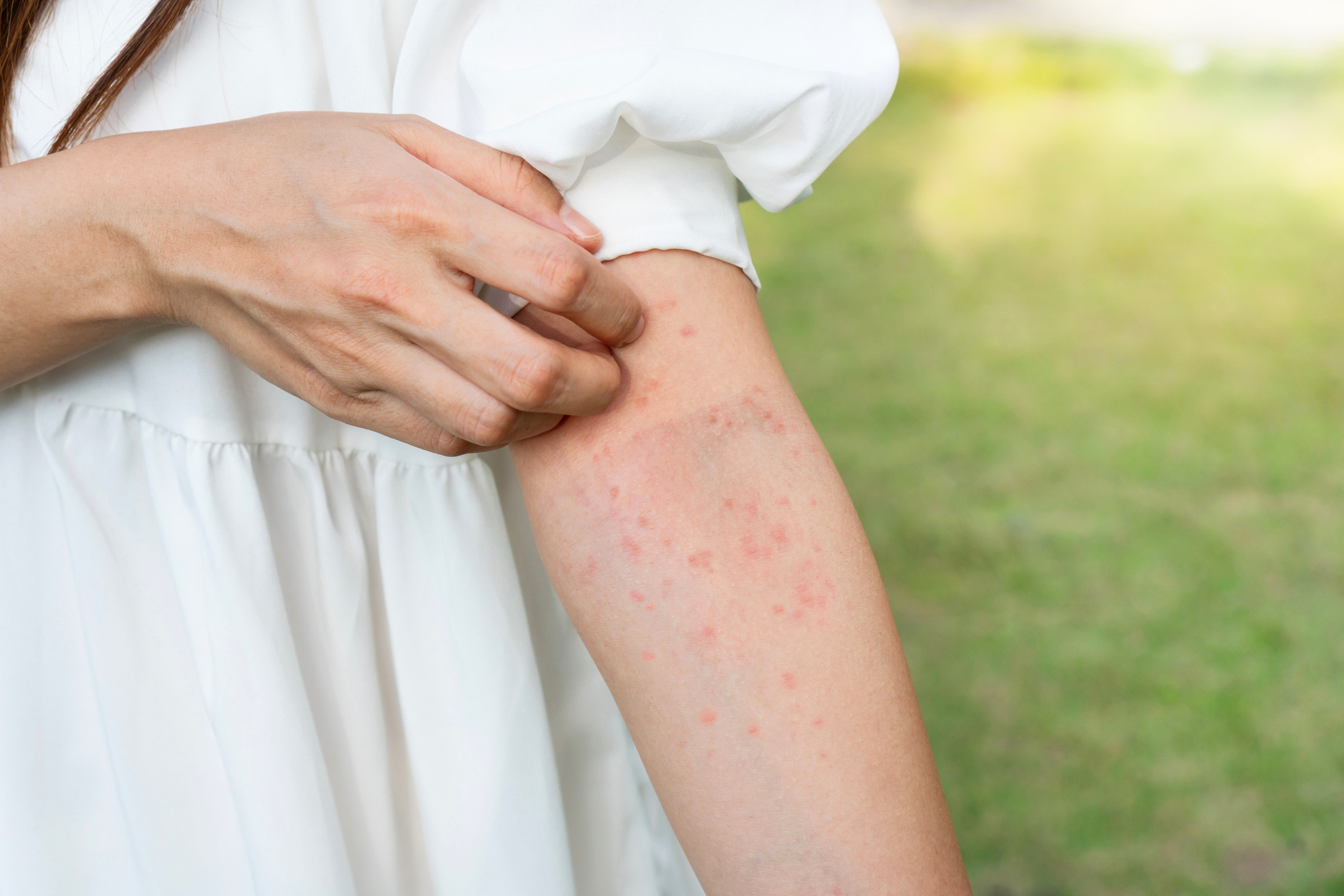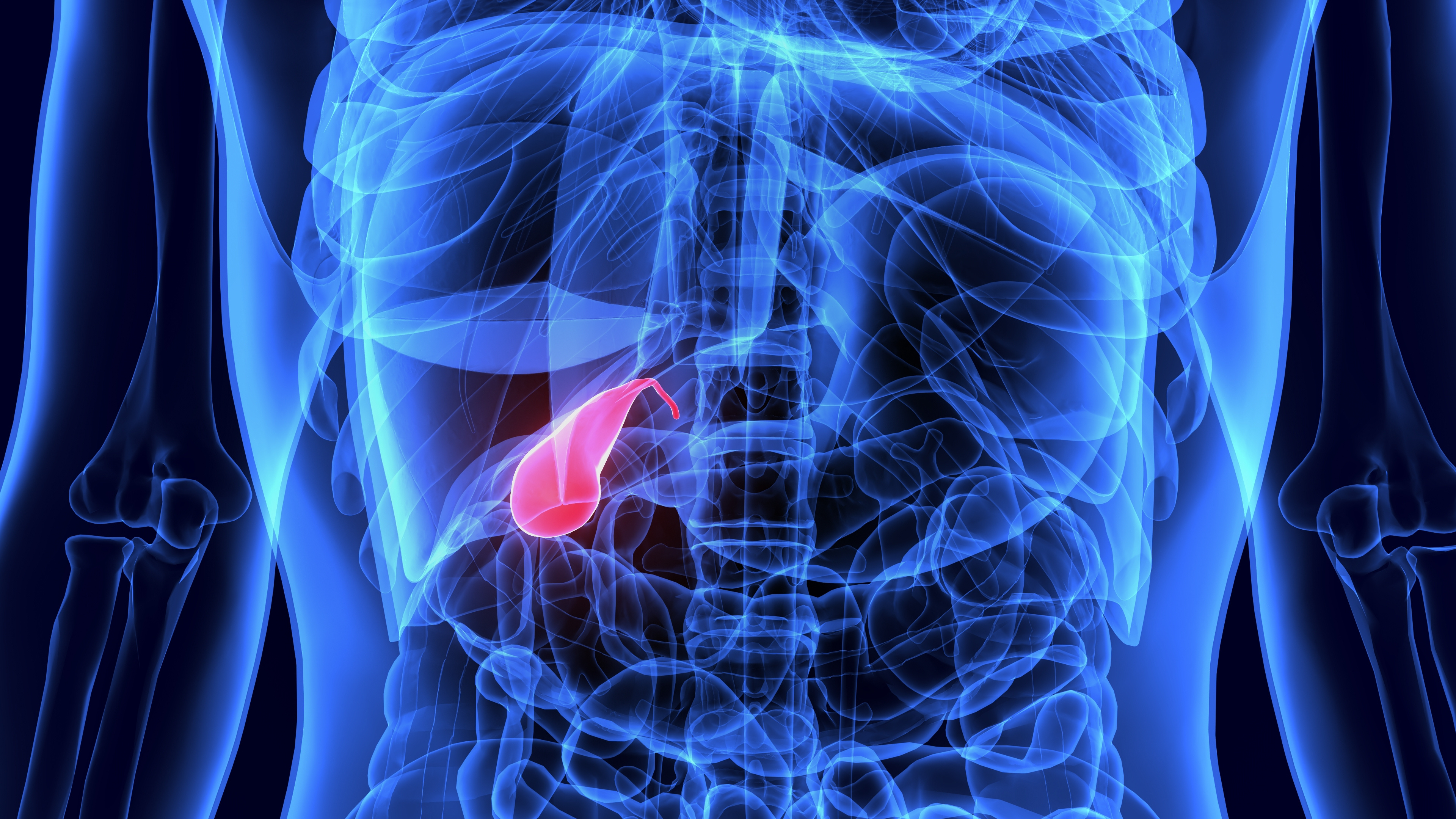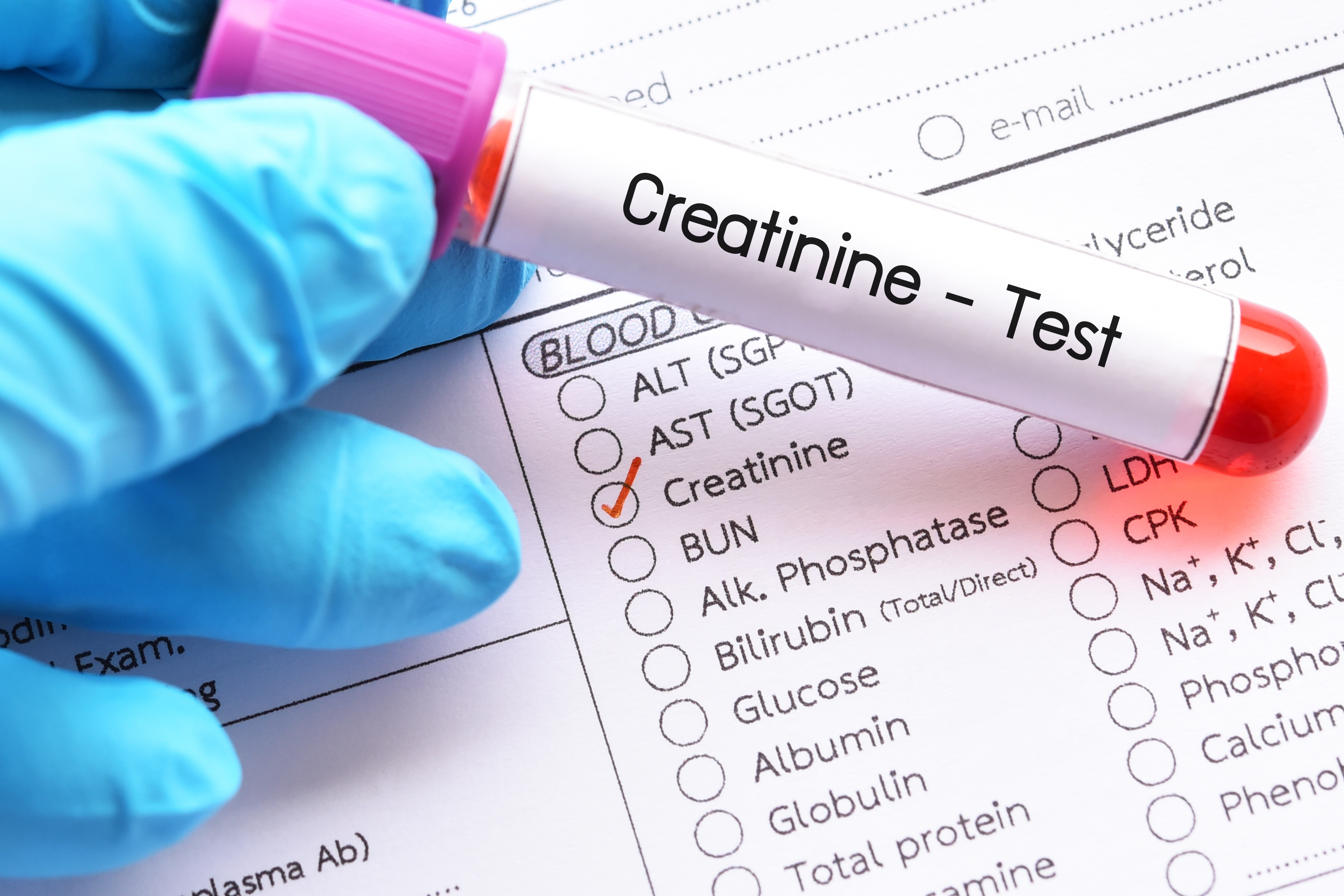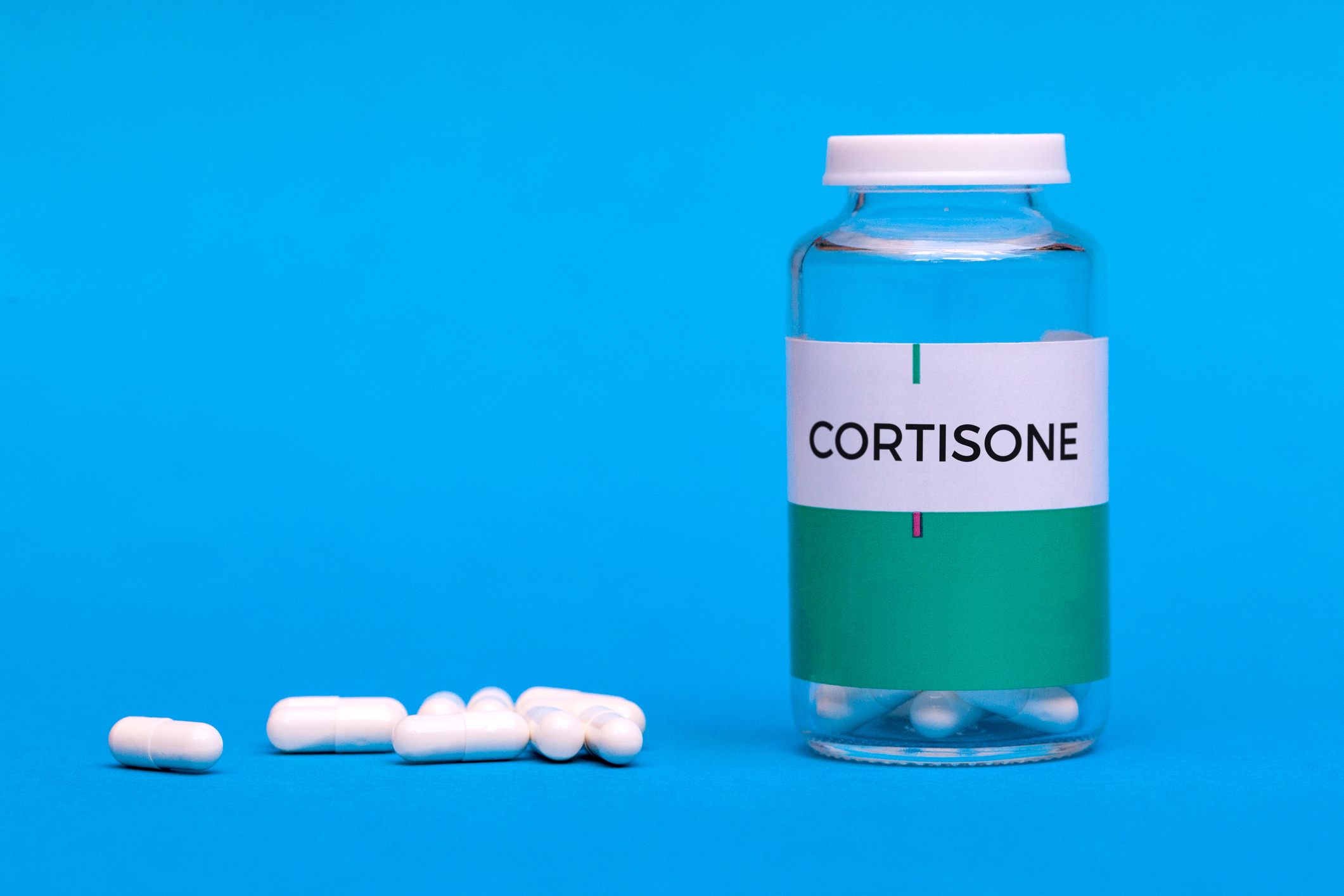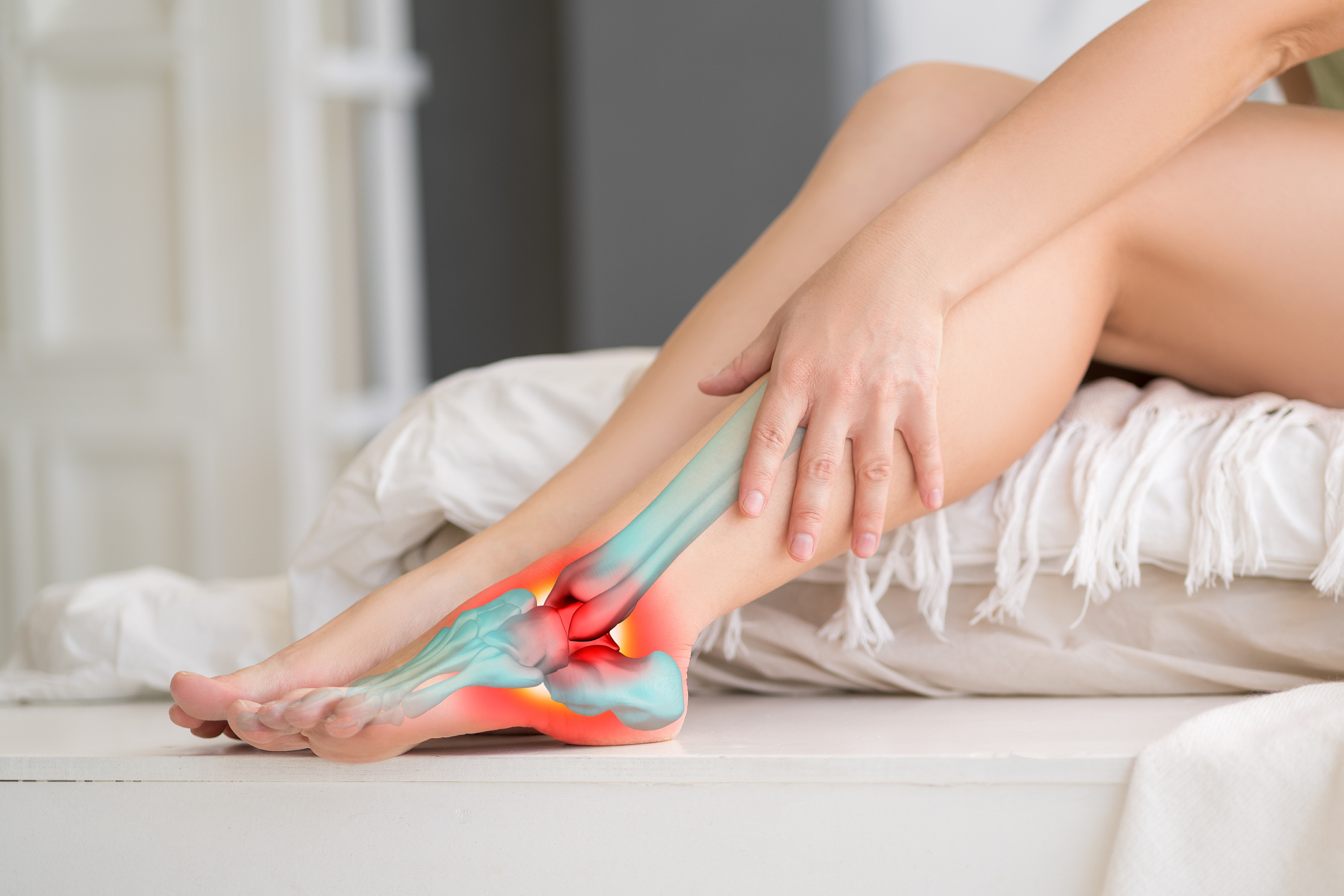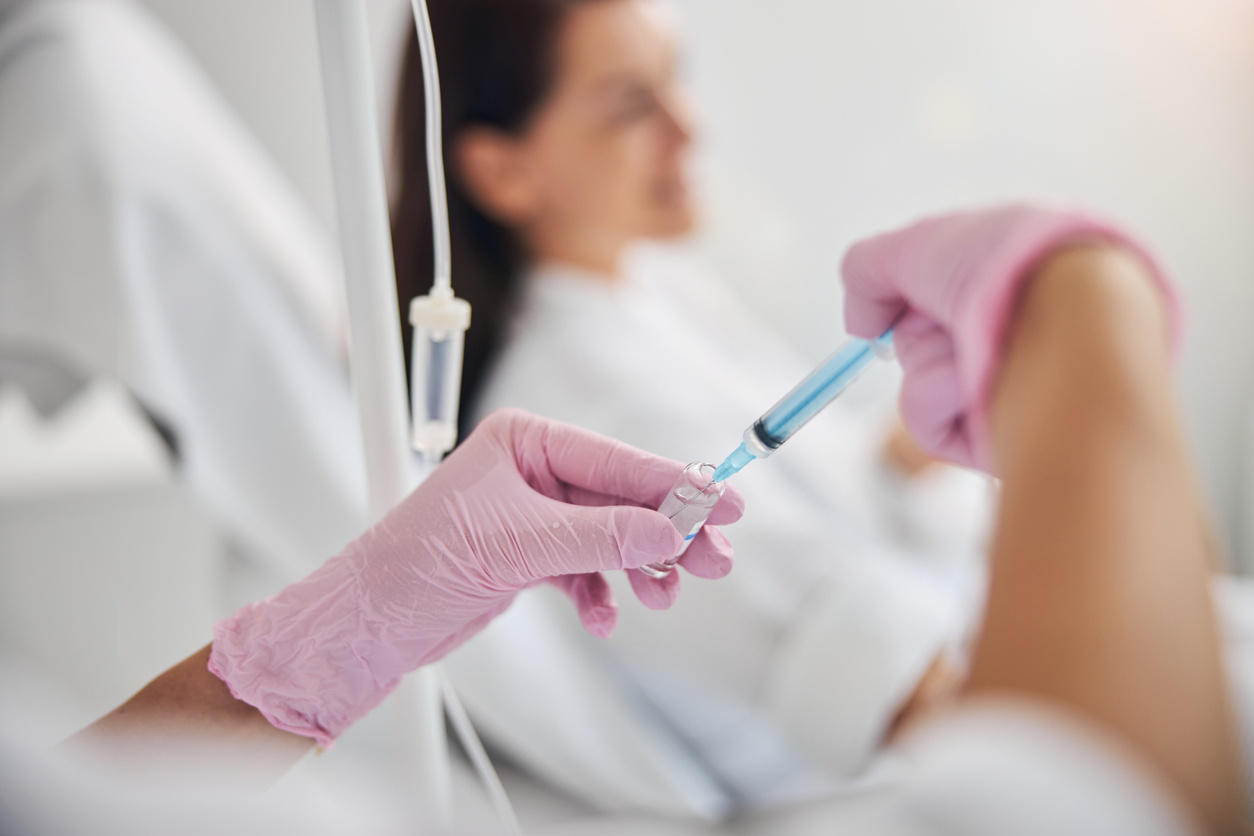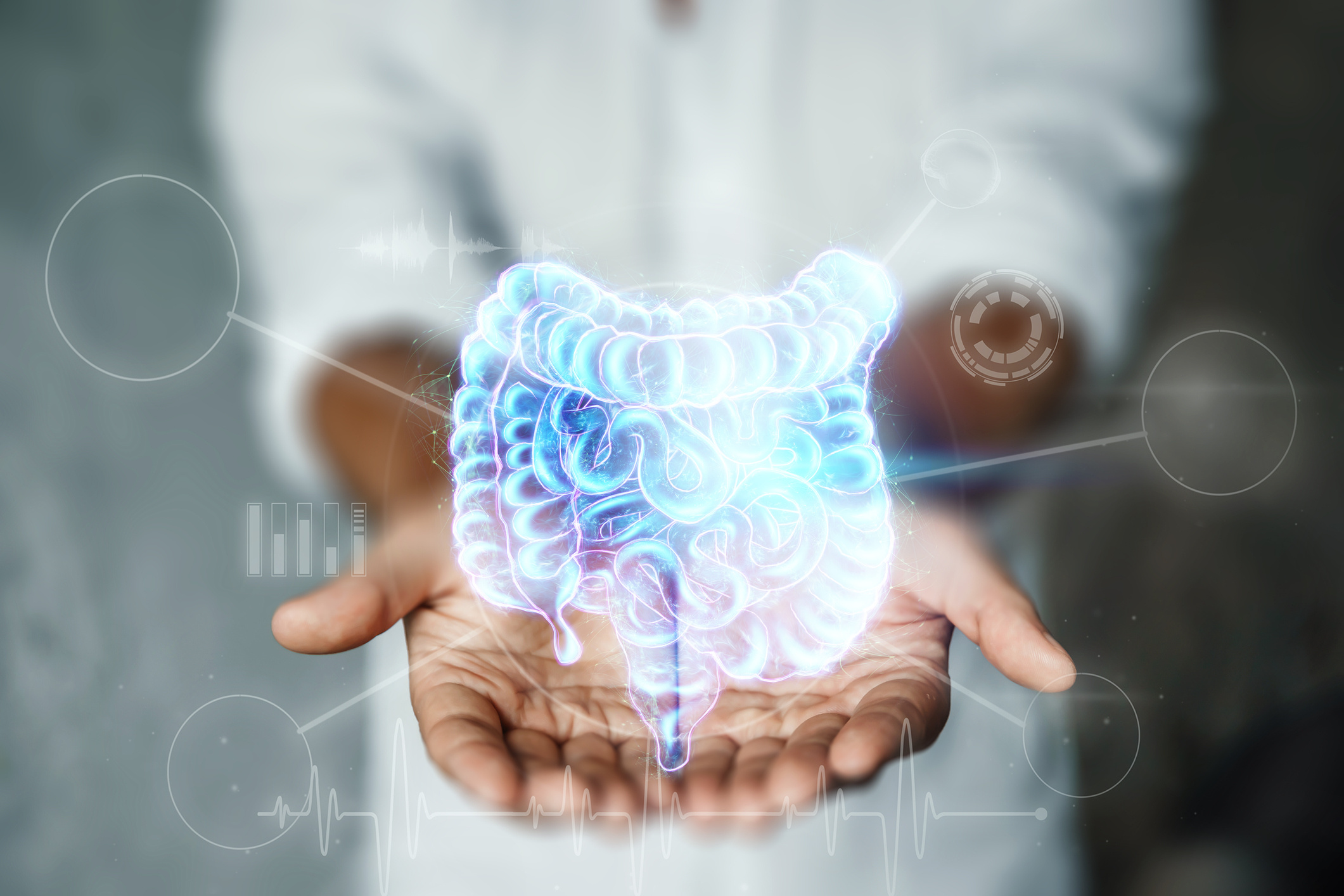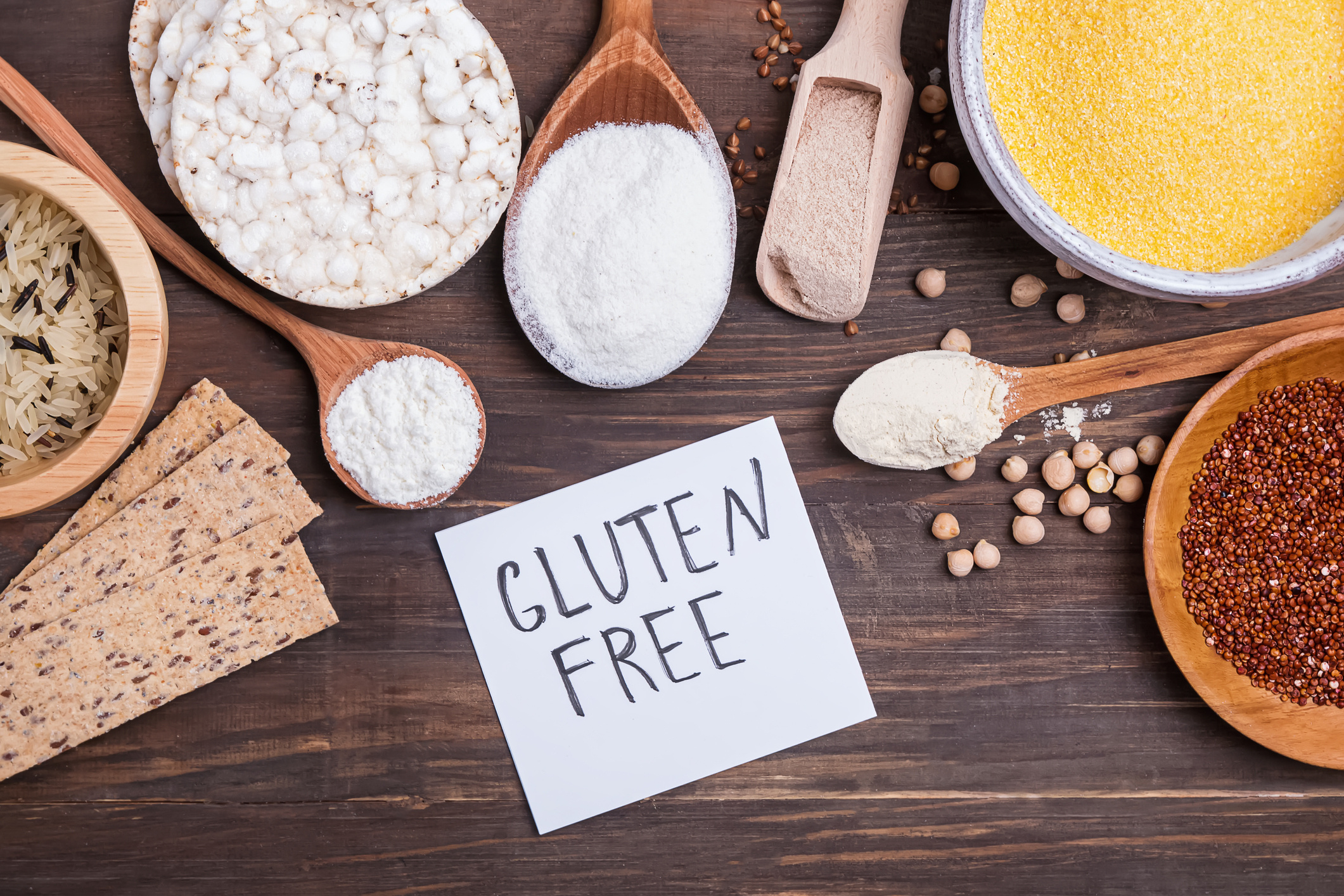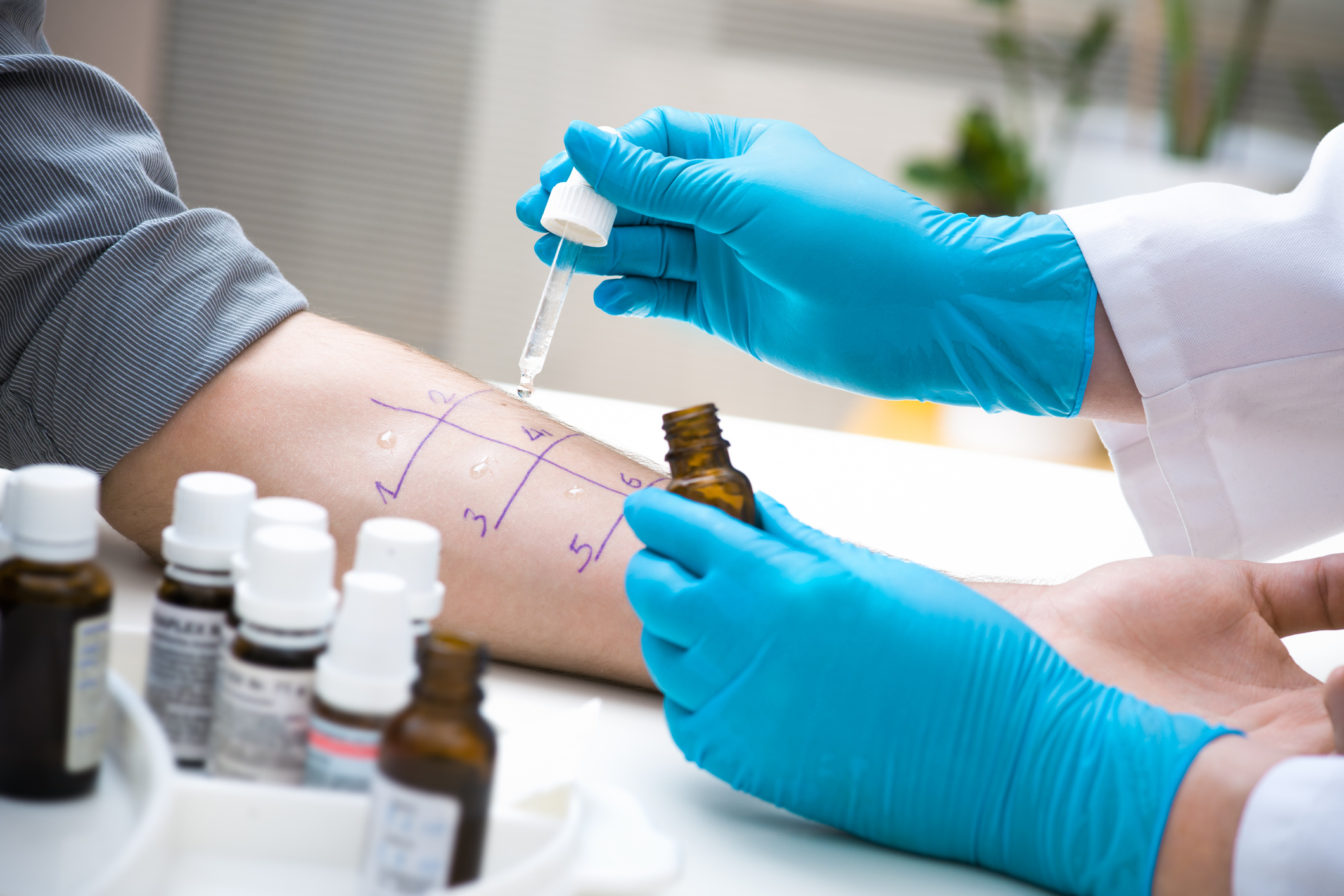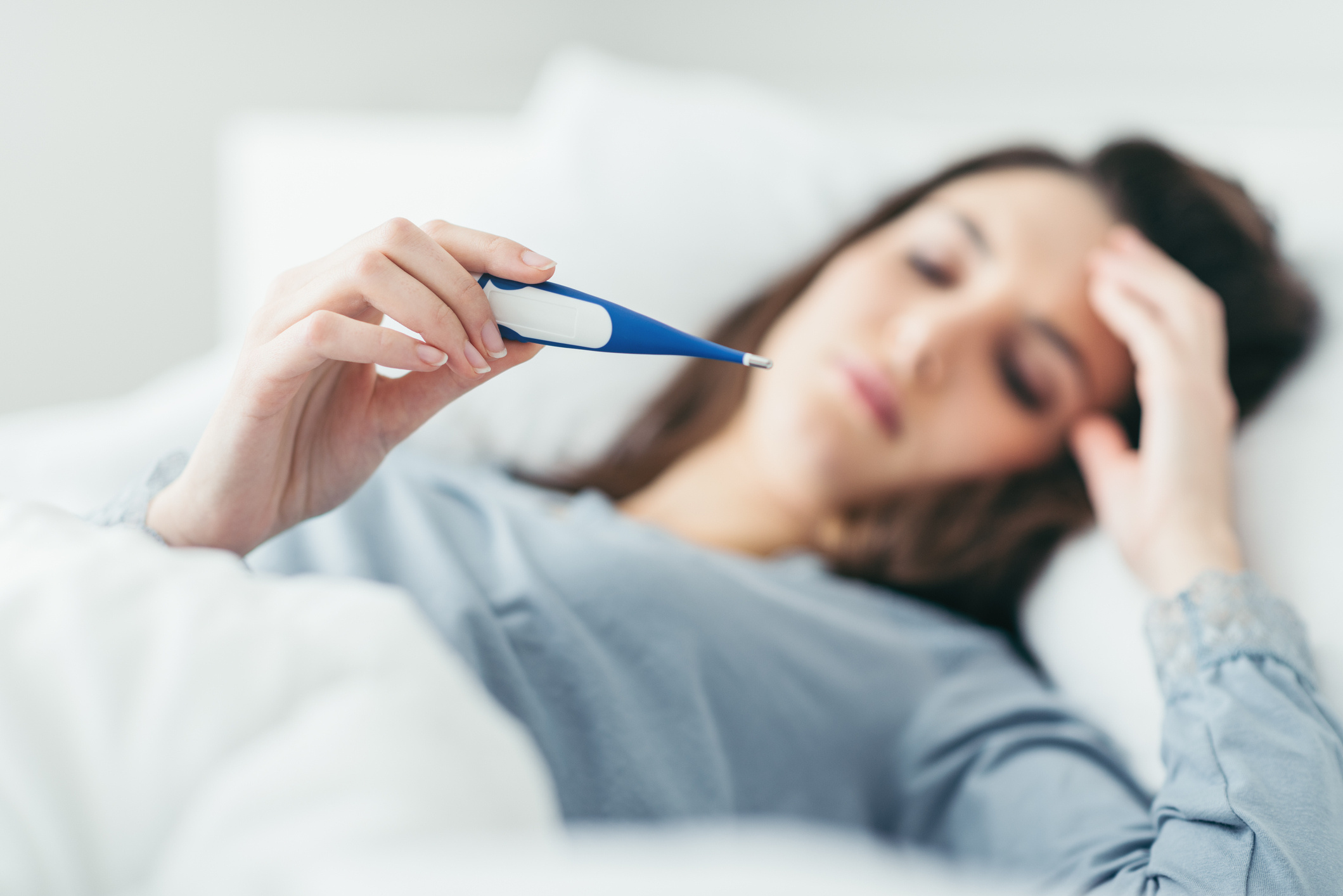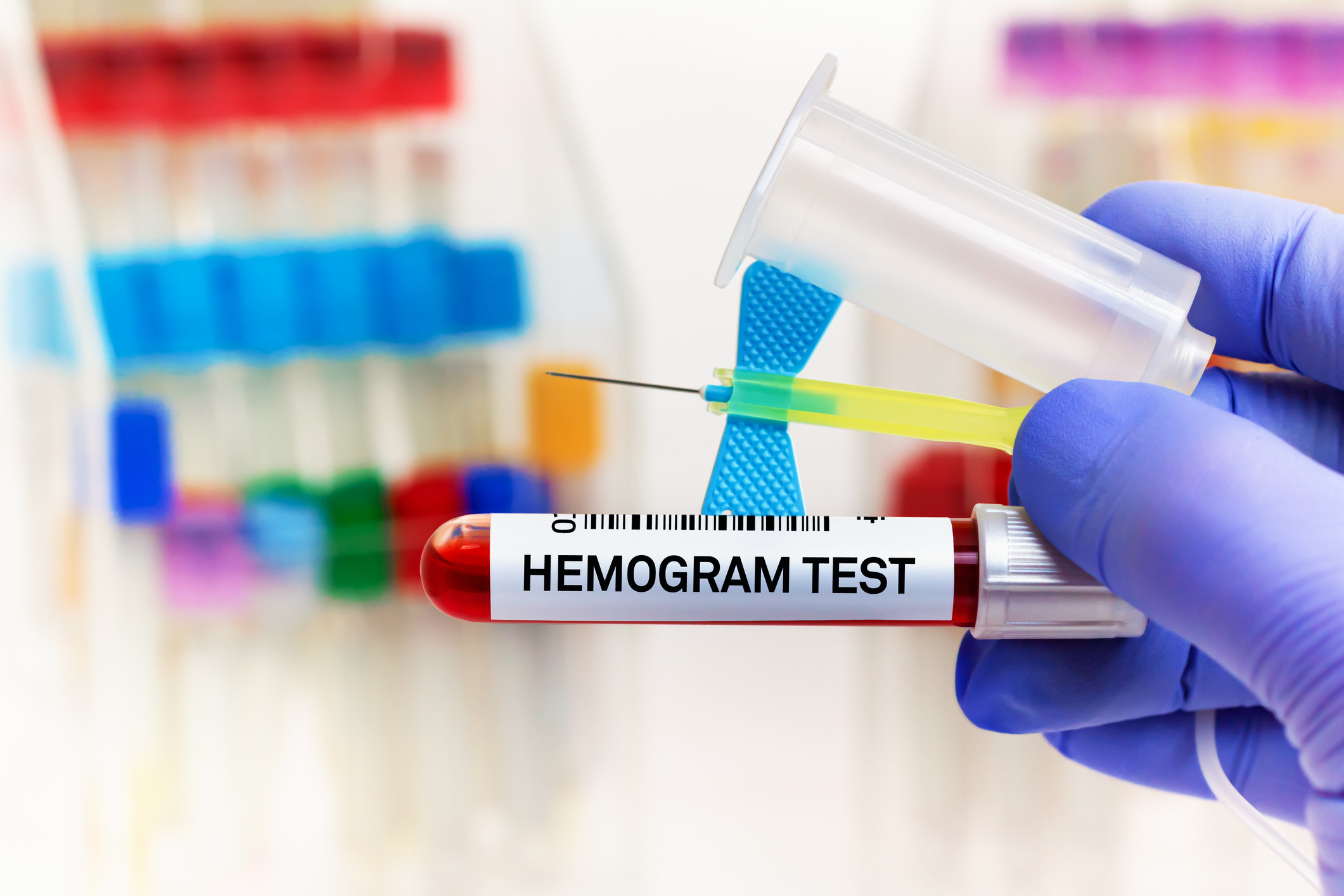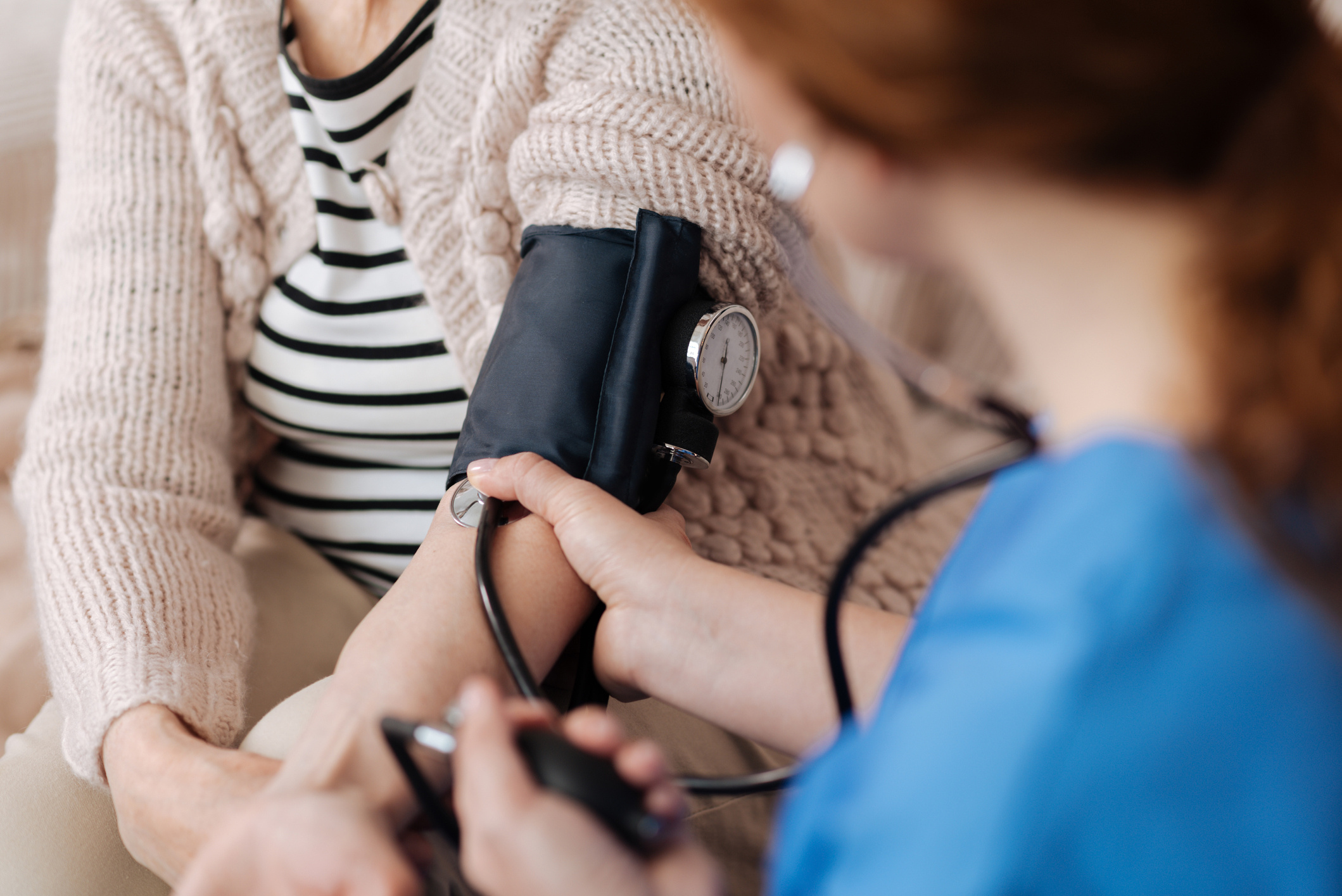
Çağatay Öktenli
He has been working as an internal medicine specialist at Anadolu Medical Center since 2010.
Speciality
- Internal Medicine
- Geriatrics
- Check-up
Education
University
- GATA Medical School, Ankara 1989
Specialty education
- GATA Internal Medicine Clinic, Internal Medicine Specialty Training, Ankara 1996
- Republic of Turkey, Ministry of Health, Sub-specialty in Geriatrics, 2010
Institutions Worked At
Prof. Öktenli has been serving as an internal medicine specialist and geriatrician at Anadolu Medical Center since 2011.
1. Celik S, Tangi F, OKTENLI C. Increased frequency of Mediterranean fever gene variants in multiple myeloma. Oncol Lett. 2014 Oct;8(4):1735-1738.
2. Celik S, Tangi F, Kilicaslan E, Sanisoglu YS, OKTENLI C, Top C. Increased acylation stimulating protein levels in young obese males is correlated with systemic markers of oxidative stress. Obesity (Silver Spring). 2013 Aug;21(8):1613-7.
3. Sayan O, Kilicaslan E, Celik S, Tangi F, Erikci AA, Ipcioglu O, Sanisoglu YS, Nalbant S, OKTENLI C. High Frequency of Inherited Variants in the MEFV Gene in Acute Lymphocytic Leukemia. Indian J Hematol Blood Transfus. 2011 Sep;27(3):164-8
4. Ozari HO, OKTENLI C, Celik S, Tangi F, Ipcioglu O, Terekeci HM, Top C, Uzun M, Sanisoglu YS, Nalbant S. Are increased carotid artery pulsatility and resistance indexes early signs of vascular abnormalities in young obese males? J Clin Ultrasound. 2012 Jul-Aug;40(6):335-40
5. OKTENLI C, Celik S. High frequency of inherited variants in the MEFV gene in patients with hematologic neoplasms: a genetic susceptibility? Int J Hematol. 2012 Apr;95(4):380-5
6. Celik S, OKTENLI C, Kilicaslan E, Tangi F, Sayan O, Ozari HO, Ipcioglu O, Sanisoglu YS, Terekeci MH, Erikci AA. Frequency of inherited variants in the MEFV gene in myelodysplastic syndrome and acute myeloid leukemia. Int J Hematol. 2012 Mar;95(3):285-90
7. Ozturk A, Kucukardali Y, Tangi F, Erikci A, Uzun G, Bashekim C, Sen H, Terekeci H, Narin Y, Ozyurt M, Ozkan S, Sayan O, Rodop O, Nalbant S, Sıldıroglu O, Yalnız FF, Senkal IV, Sabuncu H, OKTENLI C. Therapeutical potential of autologous peripheral blood mononuclear cell transplantation in patients with type 2 diabetic critical limb ischemia. J Diabetes Complications. 2012 Jan-Feb;26(1):29-33
8. Umur EE, OKTENLI C, Celik S, Tangi F, Sayan O, Sanisoglu YS, Ipcioglu O, Terekeci HM, Top C, Nalbant S, Kucukardali Y. Increased iron and oxidative stress are separately related to cognitive decline in elderly. Geriatr Gerontol Int. 2011 Oct;11(4):504-9
9. OKTENLI C, Sayan O, Celik S, Erikci AA, Tunca Y, Terekeci HM, Umur EE, Sanisoglu YS, Torun D, Tangi F, Sahan B, Nalbant S. High frequency of MEFV gene mutations in patients with myeloid neoplasm. Int J Hematol. 2010, 91(5):758-61
10. Celik S, Erikci AA, Tunca Y, Sayan O, Terekeci HM, Umur EE, Torun D, Tangi F, Top C, OKTENLI C. The rate of MEFV gene mutations in hematolymphoid neoplasms. Int J Immunogenet. 2010 37, 387-391.
11. Celik S, OKTENLI C, Terekeci MH, Ipcioglu O, Sanisoglu SY, Sayan O, Yesilova Z, Yildiz O, Tunca Y, Nalbant S. Blood oxidative stress biomarkers in patients with familial Mediterranean fever (FMF). Akt Rheumatol 2010, 35, 382-385.
12. Nalbant S, Cagıltay E, Sahan B, Terekeci HM, OKTENLI C. The vasoactive intestinal polypeptide (VIP) levels at the patients with ankylosing spondylitis and its association with inflammation markers. Rheumatol Int. 2010 Mar 26.
13. Terekeci HM, Kucukardali Y, Onem Y, Erikci AA, Kucukardali B, Sahan B, Sayan O, Celik S, Gulec M, Sanisoglu YS, Nalbant S, Top C, OKTENLI C. Relationship between anaemia and cognitive functions in elderly people. Eur J Intern Med. 2010 Apr;21(2):87-90.
14. Şenol MG, Terekeci MH, Ipcioglu O, Çağıltay E, Toğrol E, Özdağ F, Şahan B, OKTENLI C, Saraçoğlu M. Plasma apelin levels in diabetic patients with and without neuropathy. Cent Eur J Med, 2009, 4, 241-4.
15. Terekeci HM, Nalbant S, Ozgurtas T, Celik S, Tapan S, Sanisoglu SY, Sahan B, Sayan O, Kucukardali Y, Top C, OKTENLI C. Increased circulating asymmetric dimethylarginine (ADMA) levels in the active stage of Behçet’s Syndrome. Akt Rheumatol 2009, 34, 121-125.
16. Nalbant S, Cagiltay E, Terekeci HM, Kaplan M, Sahan B, Sayan O, OKTENLI C. Prognostic value of mean platelet volume in patients with upper gastrointestinal bleeding. Cent Eur J Med, 2009, 4, 208-11.
17. Terekeci H, Kucukardali Y, Top C, Onem Y, Celik S, OKTENLI C. Risk assessment study of the pressure ulcers in intensive care unit patients. Eur J Intern Med. 2009 Jul;20(4):394-7.
18. Bulucu F, Ocal R, Karadurmus N, Sahin M, Kenar L, Aydin A, OKTENLI C, Koc B, Inal V, Yamanel L, Yaman H. Effects of N-Acetylcysteine, Deferoxamine and Selenium on Doxorubicin-Induced Hepatotoxicity. Biol Trace Elem Res. 2009, 132, 184-196
19. Onem Y, Terekeci H, Kucukardali Y, Sahan B, Solmazgül E, Senol MG, Nalbant S, Sayan O, Top C, OKTENLI C. Albumin, hemoglobin, body mass index, cognitive and functional performance in elderly persons living in nursing homes. Arch Gerontol Geriatr. 2010 Jan-Feb;50(1):56-9.
20. Oguz Y, Yilmaz MI, Acikel C, Eyileten T, Caglar K, OKTENLI C, Yenicesu M, Vural A. The relationship between adiponectin levels and degree of proteinuria in patients with nephrotic and non-nephrotic proteinuria. Ren Fail. 2009;31(1):29-35.
21. Terekeci HM, Senol MG, Top C, Sahan B, Celik S, Sayan O, Kucukardali Y, Ipcioglu O, Cagiltay E, OKTENLI C, Ozata M. Plasma Osteoprotegerin Concentrations in Type 2 Diabetic Patients and its Association with Neuropathy. Exp Clin Endocrinol Diabetes. 2009 Mar;117(3):119-23.
22. Kucukardali Y, Oncul O, Kunter E, Turhan V, Solmazgul E, Terekeci HM, Sayan O, OKTENLI C. Community acquired infections in elderly populations. Cent Eur J Med, 2009, 4, 171-8.
23. Terekeci HM, OKTENLI C, Ozgurtas T, Nalbant S, Top C, Celik S, Tapan S, Kucukardali Y, Sanisoglu YS, Solmazgul E, Sahan B, Sayan O. Increased asymmetric dimethylarginine levels in young men with familial Mediterranean fever (FMF): is it early evidence of interaction between inflammation and endothelial dysfunction in FMF? J Rheumatol. 2008 Oct;35(10):2024-9.
24. Ercin CN, Yesilova Z, Korkmaz A, Ozcan A, OKTENLI C, Uygun A. The Effect of iNOS Inhibitors and Hyperbaric Oxygen Treatment in a Rat Model of Experimental Colitis. Dig Dis Sci. 2008 Oct 30.
25. Onem Y, Kucukardali Y, Sahan B, Atasoyu EM, Ipcioğlu O, Terekeci H, Solmazgul E, Top C, OKTENLI C. Analyses of subjects with hypokalemic metabolic alkolosis, Gitelman's and Bartter's syndrome. Ren Fail. 2008;30(7):691-4.
26. Kilciler G, Musabak U, Bagci S, Yesilova Z, Tuzun A, Uygun A, Gulsen M, Oren S, OKTENLI C, Karaeren N. Do the changes in the serum levels of IL-2, IL-4, TNFalpha, and IL-6 reflect the inflammatory activity in the patients with post-ERCP pancreatitis? Clin Dev Immunol. 2008;2008:481560.
27. Bulucu F, OKTENLI C, Kenar L, Ocal R, Koc B, Inal V, Yamanel L, Yaman H, Sanisoglu YS, Aydin A. Efficacy of deferoxamine, N-acetylcysteine and selenium treatments in rats with Adriamycin-induced nephrotic syndrome. J Nephrol. 2008 Jul-Aug;21(4):576-83.
28. Terekeci HM, Ulusoy ER, Kucukarslan NM, Nalbant S, OKTENLI C. Familial Mediterranean fever attacks do not alter functional and morphologic tissue Doppler echocardiographic parameters. Rheumatol Int. 2008 Jul 23.
29. Sutcigil L, OKTENLI C, Musabak U, Bozkurt A, Cansever A, Uzun O, Sanisoglu SY, Yesilova Z, Ozmenler N, Ozsahin A, Sengul A. Pro- and anti-inflammatory cytokine balance in major depression: effect of sertraline therapy. Clin Dev Immunol. 2007;2007:76396.
30. Ozgurtas T, OKTENLI C, Dede M, Tapan S, Kenar L, Sanisoglu SY, Yesilova Z, Yenen MC, Erbil MK, Baser I. Metformin and oral contraceptive treatments reduced circulating asymmetric dimethylarginine (ADMA) levels in patients with polycystic ovary syndrome (PCOS). Atherosclerosis. 2008 Feb 15.
31. OKTENLI C, Ozgurtas T, Dede M, Sanisoglu YS, Yenen MC, Yesilova Z, Kenar L, Kurt YG, Baser I, Smith J, Cianflone K. Metformin decreases circulating acylation-stimulating protein levels in polycystic ovary syndrome. Gynecol Endocrinol. 2007 Dec;23(12):710-5.
32. Bulucu F, OKTENLI C, Kenar L, Koc B, Ocal R, Karadurmus N, Inal V, Yamanel L, Sanisoglu YS, Aydin A. Detrimental effects of N-acetylcysteine plus desferoxamine combination in an experimental nephrotic syndrome model. Int J Toxicol. 2007 Nov-Dec;26(6):525-32.
33. Koc B, OKTENLI C, Bulucu F, Karadurmus N, Sanisoglu SY, Gul D. The rate of pyrin mutations in critically ill patients with systemic inflammatory response syndrome and sepsis: a pilot study. J Rheumatol. 2007 Oct;34(10):2070-5.
34. Caglar K, Yilmaz MI, Sonmez A, Cakir E, Kaya A, Acikel C, Eyileten T, Yenicesu M, Oguz Y, Bilgi C, OKTENLI C, Vural A, Zoccali C. ADMA, proteinuria, and insulin resistance in non-diabetic stage I chronic kidney disease. Kidney Int. 2006 Aug;70(4):781-7.
35. Oguz Y, Yilmaz MI, Eyileten T, Caglar K, Yenicesu M, Kaya A, Tasar M, Saglam M, Doganci L, Gulec B, Oner K, OKTENLI C, Vural A. Persistent mediastinal and axillary lymph node tuberculosis in a renal transplant patient with successful outcome. Transplant Proc. 2006 Jun;38(5):1336-40.
36. Sanisoglu SY, OKTENLI C, Hasimi A, Yokusoglu M, Ugurlu M. Prevalence of metabolic syndrome-related disorders in a large adult population in Turkey. BMC Public Health. 2006 Apr 10;6:92.
37. Karaduman M, OKTENLI C, Musabak U, Sengul A, Yesilova Z, Cingoz F, Olgun A, Sanisoglu SY, Baysan O, Yildiz O, Taslipinar A, Tatar H, Kutlu M, Ozata M. Leptin, soluble interleukin-6 receptor, C-reactive protein and soluble vascular cell adhesion molecule-1 levels in human coronary atherosclerotic plaque. Clin Exp Immunol. 2006 Mar;143(3):452-7.
38. Karaduman M, Sengul A, OKTENLI C, Pekel A, Yesilova Z, Musabak U, Sanisoglu SY, Gunay C, Baysan O, Kocar IH, Tatar H, Ozata M. Tissue levels of adiponectin, tumour necrosis factor-alpha, soluble intercellular adhesion molecule-1 and heart-type fatty acid-binding protein in human coronary atherosclerotic plaques. Clin Endocrinol (Oxf). 2006 Feb;64(2):196-202
39. Yesilova Z, OKTENLI C, Sanisoglu SY, Musabak U, Cakir E, Ozata M, Dagalp K. Evaluation of insulin sensitivity in patients with Klinefelter's syndrome: a hyperinsulinemic euglycemic clamp study. Endocrine. 2005 Jun;27(1):11-5.
40. Yesilova Z, Yaman H, OKTENLI C, Ozcan A, Uygun A, Cakir E, Sanisoglu SY, Erdil A, Ates Y, Aslan M, Musabak U, Erbil MK, Karaeren N, Dagalp K. Systemic markers of lipid peroxidation and antioxidants in patients with nonalcoholic Fatty liver disease. Am J Gastroenterol. 2005 Apr;100(4):850-5.
41. Yesilova Z, Ozata M, OKTENLI C, Bagci S, Ozcan A, Sanisoglu SY, Uygun A, Yaman H, Karaeren N, Dagalp K. Increased acylation stimulating protein concentrations in nonalcoholic fatty liver disease are associated with insulin resistance. Am J Gastroenterol. 2005 Apr;100(4):842-9.
42. Cetin T, Yetiser S, Cekin E, Durmus C, Nevruz O, OKTENLI C. Outer hair cell activity of the cochlea in patients with iron deficiency anemia. Auris Nasus Larynx. 2004 Dec;31(4):389-94
43. Musabak U, Sengul A, OKTENLI C, Pay S, Yesilova Z, Kenar L, Sanisoglu SY, Inal A, Tuzun A, Erdil A, Bagci S. Does immune activation continue during an attack-free period in familial Mediterranean fever? Clin Exp Immunol. 2004 Dec;138(3):526-33.
44. OKTENLI C, Gul D, Deveci MS, Saglam M, Upadhyaya M, Thompson P, Consoli C, Kocar IH, Pilarski R, Zhou XP, Eng C. Unusual features in a patient with neurofibromatosis type 1: multiple subcutaneous lipomas, a juvenile polyp in ascending colon, congenital intrahepatic portosystemic venous shunt, and horseshoe kidney. Am J Med Genet. 2004 Jun 15;127A(3):298-301.
45. Yesilova Z, Ozata M, OKTENLI C, Sanisoglu SY, Erbil MK, Dagalp K. Effect of supraphysiologic doses of testosterone on fasting plasma total homocysteine concentrations in men with Klinefelter's syndrome. Fertil Steril. 2004 May;81(5):1278-82.
46. Yesilova Z, Pay S, OKTENLI C, Musabak U, Saglam K, Sanisoglu SY, Dagalp K, Erbil MK, Kocar IH. Hyperhomocysteinemia in patients with Behcet's disease: is it due to inflammation or therapy? Rheumatol Int. 2004 Apr 1 [Epub ahead of print]
47. OKTENLI C, Doganci L, Ozgurtas T, Araz RE, Tanyuksel M, Musabak U, Sanisoglu SY, Yesilova Z, Erbil MK, Inal A. Transient hypogonadotrophic hypogonadism in males with acute toxoplasmosis: suppressive effect of interleukin-1 beta on the secretion of GnRH. Hum Reprod. 2004 Apr;19(4):859-66.
48. Cetin T, OKTENLI C, Ozgurtas T, Yenicesu M, Sanisoglu SY, Oguz Y, Yildiz O, Kurt I, Musabak U, Bulucu F, Kocar IH. Renal tubular dysfunction in beta-thalassemia minor. Am J Kidney Dis. 2003 Dec;42(6):1164-8.
49. Oguz Y, OKTENLI C, Ozata M, Ozgurtas T, Sanisoglu Y, Yenicesu M, Vural A, Bulucu F, Kocar IH. The midnight-to-morning urinary cortisol increment method is not reliable for the assessment of hypothalamic-pituitary-adrenal insufficiency in patients with end-stage kidney disease. J Endocrinol Invest. 2003 Jul;26(7):609-15.
50. OKTENLI C, Saglam M, Demirbas S, Thompson P, Upadhyaya M, Consoli C, Ulucan H, Koz C, Durukan AH, Bozkurt A, Koc B, Kocar IH, Gul D. A large deletion (1.5 Mb) encompassing the neurofibromatosis type 1 (NF1) gene in a patient with sporadic NF1 associated with dysmorphism, mental retardation, and unusual ocular and skeletal features. Clin Dysmorphol. 2003 Jul;12(3):199-201.
51. OKTENLI C, Yesilova Z, Ozata M, Yaman H, Tuzun A, Dundar S, Sanisoglu SY, Musabak U, Erbil MK, Dagalp K. Gonadotropin treatment increases homocysteine levels in idiopathic hypogonadotropic hypogonadism: an indirect effect mediated by changes in body composition. J Endocrinol. 2003 Oct;179(1):35-9.
52. Oguz Y, Doganci L, Bulucu F, Can C, OKTENLI C, Yenicesu M, Vural A. Acute pyelonephritis causing acute renal allograft dysfunction. Int Urol Nephrol. 2002;34(3):299-301.
53. OKTENLI C, Ulucan H, Saglam M, Gul D. Facial dysmorphism, multiple pigmented nevi, osteoporosis, brachydactyly, and other skeletal changes in a male: a new syndrome? Clin Dysmorphol. 2003 Apr;12(2):149-51.
54. Musabak U, Bolu E, Ozata M, OKTENLI C, Sengul A, Inal A, Yesilova Z, Kilciler G, Ozdemir IC, Kocar IH. Gonadotropin treatment restores in vitro interleukin-1beta and tumour necrosis factor-alpha production by stimulated peripheral blood mononuclear cells from patients with idiopathic hypogonadotropic hypogonadism. Clin Exp Immunol. 2003 May;132(2):265-70.
55. Oguz Y, Bulucu F, OKTENLI C, Doganci L, Vural A. Infectious complications in 135 Turkish renal transplant patients. Cent Eur J Public Health. 2002 Dec;10(4):153-6.
56. Ozata M, Mergen M, OKTENLI C, Aydin A, Sanisoglu SY, Bolu E, Yilmaz MI, Sayal A, Isimer A, Ozdemir IC. Increased oxidative stress and hypozincemia in male obesity. Clin Biochem. 2002 Nov;35(8):627-31.
57. Kilciler G, Ozata M, OKTENLI C, Sanisoglu SY, Bolu E, Bingol N, Kilciler M, Ozdemir IC, Kutlu M. Diurnal leptin secretion is intact in male hypogonadotropic hypogonadism and is not influenced by exogenous gonadotropins. J Clin Endocrinol Metab. 2002 Nov;87(11):5023-9.
58. OKTENLI C, Saglam M, Zafer E, Gul D. Saethre-Chotzen syndrome presenting with incomplete renal Fanconi syndrome. Nephron. 2002 Oct;92(2):463-5.
59. OKTENLI C, Bulucu F. Renal tubular dysfunction in a patient with beta-thalassemia minor. Nephron. 2002 Sep;92(1):222-3.
60. OKTENLI C, Yesilova Z, Kocar IH, Musabak U, Ozata M, Inal A, Gul D, Sanisoglu Y. Study of autoimmunity in Klinefelter's syndrome and idiopathic hypogonadotropic hypogonadism. J Clin Immunol. 2002 May;22(3):137-43.
61. Gul D, OKTENLI C. Evidence for autosomal recessive inheritance of split hand/split foot malformation: a report of nine cases. Clin Dysmorphol. 2002 Jul;11(3):183-6.
62. Bulucu F, Can C, OKTENLI C, Koc B, Polat Z. Membranous glomerulonephritis, antiphospholipid syndrome, and persistent low C3 levels associated with meningococcal disease. Nephron. 2002 Jun;91(2):336-8.
63. Ozata M, OKTENLI C, Gulec M, Ozgurtas T, Bulucu F, Caglar K, Bingol N, Vural A, Ozdemir IC. Increased fasting plasma acylation-stimulating protein concentrations in nephrotic syndrome. J Clin Endocrinol Metab. 2002 Feb;87(2):853-8.
64. Ozata M, OKTENLI C, Bingol N, Ozdemir IC. The effects of metformin and diet on plasma testosterone and leptin levels in obese men. Obes Res. 2001 Nov;9(11):662-7.
65. OKTENLI C, Ulucan H, Saglam M, Gul D. Camptodactyly, skeletal changes, ptosis and infertility in a male: a new syndrome? Clin Dysmorphol. 2001 Oct;10(4):295-7.
66. Bulucu F, OKTENLI C, Tasci I, Ustunsoz B, Zerman M, Gunhan O. IgA nephropathy and tubular proteinuria in a patient with congenital solitary kidney. Clin Nephrol. 2001 Sep;56(3):251-2.
67. OKTENLI C, Bulucu F, Gurbuz M, Bozoglu E, Oguz Y, Koc B. Observations on edema formation and resolution in Gleich syndrome: essential role of the kidneys in effective arterial blood volume regulation. Am J Nephrol. 2001 Mar-Apr;21(2):154-61.
68. OKTENLI C, Koc B, Alis M, Tasar M, Doganci L. Unilateral renal agenesis and hypogonadotropic hypogonadism: an interesting coincidence. Clin Nephrol. 2001 Apr;55(4):340-2.
69. OKTENLI C, Bulucu F, Koc B, Alis M. An incomplete form of the Fanconi syndrome in a patient with osteogenesis imperfecta. Clin Nephrol. 2001 Feb;55(2):175.
70. Caglayan S, Ozata M, Ozisik G, Turan M, Bolu E, OKTENLI C, Arslan N, Erbil K, Gul D, Ozdemir IC. Plasma melatonin concentration before and during testosterone replacement in Klinefelter's syndrome: relation to hepatic indolamine metabolism and sympathoadrenal activity. J Clin Endocrinol Metab. 2001 Feb;86(2):738-43.
71. OKTENLI C. Renal magnesium wasting, hypomagnesemic hypocalcemia, hypocalciuria and osteopenia in a patient with glycogenosis type II. Am J Nephrol. 2000 Sep-Oct;20(5):412-7.
72. Yildiz O, Senoz S, OKTENLI C. High-dose dexfenfluramine may cause alveolitis and pulmonary fibrosis in rats. Chest. 2000 Aug;118(2):568.
73. Usenmez T, Yildiz O, OKTENLI C, Ozgurtas T, Kutlu M. Octreotide administration in diabetic rats: effects on renal function and morphology. J Diabetes Complications. 2000 Jan-Feb;14(1):53-9.
74. OKTENLI C. Usefulness of urinary erythrocyte morphology for the determination of the source of hematuria. Am J Nephrol. 2000 May-Jun;20(3):253-4.
75. Gul D, OKTENLI C, Saglam M, Erdem U. Craniofacial anomalies, ocular findings, pigmented nevi, camptodactyly, and skeletal changes: a possible new autosomal recessive disorder. Clin Dysmorphol. 2000 Jan;9(1):61-2.
76. Ozata M, Salk M, Aydin A, Sayin S, OKTENLI C, Beyhan Z, Isimer A, Ozdemir IC. Iodine and zinc, but not selenium and copper, deficiency exists in a male Turkish population with endemic goiter. Biol Trace Elem Res. 1999 Sep;69(3):211-6.
77. OKTENLI C, Tunca Y, Bulucu F, Vural A. Computer-assisted light microscopy in evaluating urinary red blood cell morphology. Clin Nephrol. 1999 Feb;51(2):130-1.
78. Vural A, Oguz Y, OKTENLI C, Yenicesu M, Caglar K, Tanboga H. Detection of source of haematuria after extracorporeal shock wave lithotripsy (ESWL) by automated measurement of urinary red cell volume. Int Urol Nephrol. 1998;30(1):31-7.
BOOKS AND BOOK CHAPTERS PUBLISHED ABROAD
1- OKTENLI Ç, Upadhyaya M. Progress in the Clinical and Molecular Genetics of Neurofibromatosis Type 1. Focus on Medical Genetics and Down’s Syndrome Research. Editor Richard A. Firthel. Nova Science Pub Inc, New York, 2007
2- Overview of recent immunological research in clinic practise. Editor: Cagatay OKTENLI Nova Science Pub Inc, New York, 2010
Featured Cancer Articles
- 6 Nutrition Tips for Those Who Fast
- What is Disease X (Virus X)?
- How Does Cancer Form?
- What is an Ovarian Cyst?
- What is Cervical Cancer?
- What Are the Symptoms and Treatment Methods of Testicular Cancer?
- Symptoms, Diagnosis, and Treatment Process of Bladder Cancer
- Liver Cancer
- What is Stomach Cancer? What are Its Symptoms and Treatment?
- Thyroid: What is it, Symptoms, Diagnosis, and Treatment

